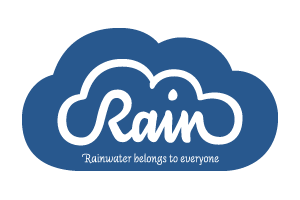
Sustainable Catchment Planning
ARE YOU LOOKING FOR SUSTAINABLE AND LOW-COST
WATER MANAGEMENT SOLUTIONS AT COMMUNITY LEVEL?
The Catchment Planning Tool facilitates equitable, efficient and sustainable management of water
Coming up with technological solutions for your water conservation and allocation challenges is one thing, but making sure these match the needs and complexities of the community and at the same time make them climate change adaptive is another. The Catchment Tool strategically brings together water use management and recharge, retention and reuse interventions

Duiding
HOW DOES IT WORK?
1
Planning
The first step is identifying the different water resources and needs for the use of water resources in different competing uses in a village development committee and total water budget. Based on this, we can strengthen local institutional capacity, bring all local stakeholders together and make sure economically and socially disadvantaged groups are involved.


2
Financing
To make the water resource management financially sustainable, local communities must invest in their own water facilities -financially or in human or other resources (trees or material). Also, local communities have to pay for the water use for the maintenance of the facilities. Important to realise is that better water resource management leads to better production.
IMPACT



The Catchment Planning Tool is designed to improve access to safe water for drinking and production through sustainable water resources management. Using the Catchment tool will help you:
- Increase access to safe drinking water
- Realise higher production rates of farmers (and income generation)
- Protect the environment, leading to climate change resilience
CATCHMENT PLANNING IN NEPAL
EEN MOOIE QUOTE OVER DEZE CASE
- Customer
- Location
Dutch Ministry of Foreign Affairs
4 years

In many areas of the world, people experience periods of water scarcity even though there is enough rainfall and run-off water on an annual basis. At moments when water is plentiful, often a large portion of it disappears unused through floods or evaporation. Nepal, despite being one of the most water-abundant countries in the world with over 6,000 rivers, is under severe water challenges hampering both economic development and poverty alleviation.
In Nepal, we used the Catchment Assessment to tackle this water allocation challenge. We organised water management meetings between the village development committee (VDC) (the lowest administrative unit of the Government of Nepal) and community groups; we trained entrepreneurs in 3R construction and maintenance; and raised awareness on safe sanitation and hygiene.
GET IN TOUCH
For more information, please contact Aidenvironment:
info@aidenvironment.org
© 2015 AIDENVIRONMENT - RAIN. ALL RIGHTS RESERVED


